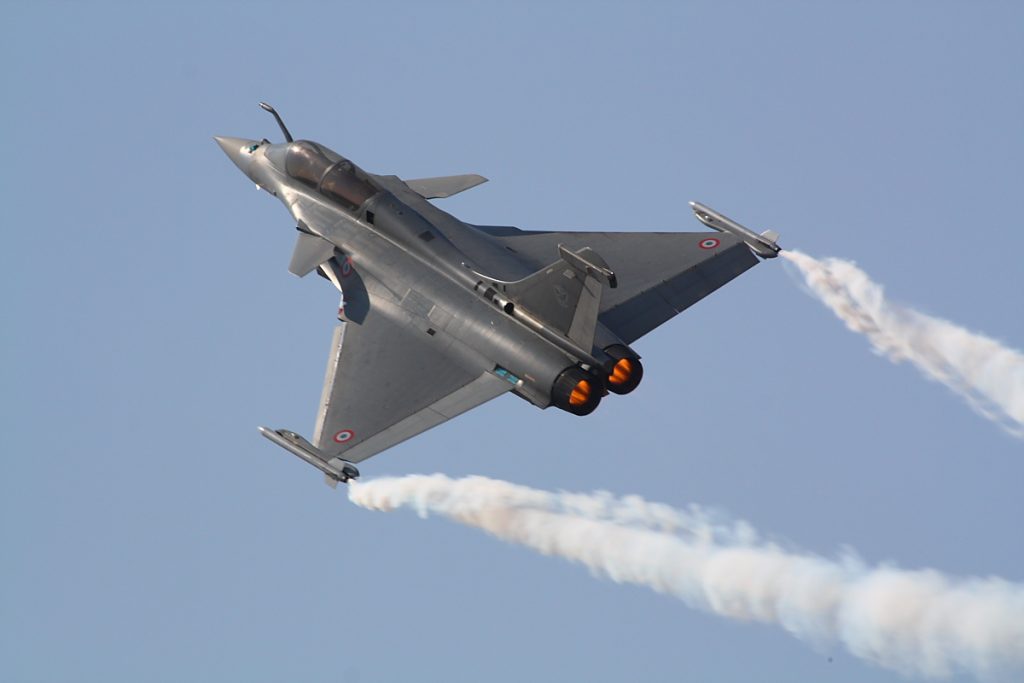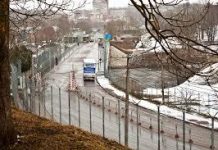
Portugal’s defense modernization trajectory has taken a noteworthy turn, following recent remarks by Defense Minister Nuno Melo that suggest a potential departure from the long-assumed preference for the U.S.-manufactured F-35A Lightning II. This development places renewed emphasis on evaluating alternative platforms to succeed the Força Aérea Portuguesa’s (FAP) aging fleet of 28 F-16AM/BM aircraft.
In a March 13 interview with Público, Melo outlined a broadening of Lisbon’s procurement scope, indicating that European contenders—most notably the French Dassault Rafale—are now being actively considered. This shift coincides with an approaching parliamentary election in May, triggered by internal political turbulence, and reflects broader apprehensions regarding the long-term reliability of U.S. defense partnerships under evolving geopolitical dynamics.
Dassault Aviation’s CEO, Eric Trappier, has since acknowledged the opportunity, expressing interest in supplying the Rafale to Portugal, while also noting the political uncertainty that may influence acquisition timelines. Speaking to Journal du Dimanche, Trappier underscored the Rafale’s interoperability within NATO frameworks, asserting its suitability for a European Union and Alliance-aligned operator like Portugal.
Melo’s statements signal a recalibration of Lisbon’s procurement criteria, placing increased emphasis on domestic industrial participation and economic return. He stressed the need to weigh defense investments not solely on combat performance but also on their potential to stimulate Portuguese industry through offset arrangements or localized production components.
Notably, Melo alluded to the unpredictability of future U.S. policy shifts, suggesting that reliance on American-sourced platforms like the F-35 could introduce strategic constraints. Though Portugal has yet to issue a formal order for the F-35, the platform had been under serious consideration, with FAP leadership previously touting its advanced capabilities and situational awareness as decisive advantages.
The Portuguese Air Force, which currently operates its F-16s from Monte Real Air Base under the 201 and 301 Squadrons, initially procured the aircraft in two tranches through the Peace Atlantis programs (1994 and 1999). Despite mid-life upgrades in the 2000s that extended their mission utility across air defense and strike roles, the airframes—now nearing four decades in service—are increasingly constrained by maintenance demands and logistical obsolescence.
The transition debate has gained further urgency as operational readiness is jeopardized by aging systems. The F-16s, although proven in both domestic air policing and NATO taskings such as the Baltic Air Policing mission, lack the stealth, sensor fusion, and low observability characteristics required in near-peer conflict scenarios.
FAP’s consideration of a successor began over a decade ago, culminating in a 2019 assessment that positioned the F-35 as the frontrunner. In 2024, General João Cartaxo Alves characterized the fifth-generation fighter as the optimal solution, estimating a full acquisition program at approximately $5.5 billion. However, shifting strategic priorities and cost-benefit assessments now appear to be reshaping the calculus.
Enter the Rafale—a 4.5-generation, twin-engine multirole combat aircraft with a strong export record and combat-proven versatility. Introduced by the Armée de l’Air in 2004, the Rafale has demonstrated operational effectiveness in theaters ranging from Libya and Mali to Syria. With advanced subsystems such as the Thales RBE2 AESA radar and SPECTRA electronic warfare suite, the aircraft provides robust situational awareness and survivability.
Performance metrics indicate a combat radius of roughly 1,150 miles (with external fuel) and a maximum speed of Mach 1.8. The Rafale’s ability to perform maritime strike missions and operate from rugged, dispersed basing environments enhances its relevance to Portugal’s extended maritime defense zone, including the Azores and Madeira archipelagos.
Critically, the Rafale offers advantages in autonomy over maintenance, integration, and upgrade cycles—factors increasingly scrutinized by European governments seeking greater defense sovereignty. Unlike the F-35, which remains tightly coupled to U.S.-controlled sustainment networks and export controls, the Rafale presents a less restrictive option in terms of lifecycle management.
Economic considerations further differentiate the two platforms. The F-35A carries an average unit cost of approximately $82 million, with operational expenditures estimated at $33,000 per flight hour. In contrast, French defense ministry data suggests that the Rafale’s per-hour operating cost stands closer to $16,500, with a unit cost around $70 million—offering Portugal potential procurement scalability.
Portugal’s strategic environment imposes distinct operational demands—particularly in long-range patrol, maritime interdiction, and rapid NATO deployment readiness. The Rafale M, the navalized variant, has already validated these capabilities aboard French carriers, equipped for missions involving anti-ship ordnance such as the Exocet missile.
While Melo’s tenure may end before a final selection is made, his remarks have introduced significant momentum toward reconsidering non-American solutions. Defense analysts, including those from Janes, project that any fleet transition will span a decade, encompassing evaluation, acquisition, integration, and initial operational capability phases.
Should Portugal pursue the Rafale, a package of 30–35 aircraft could be viable, replacing existing squadrons incrementally. Conversely, budget constraints could limit an F-35 fleet to 20 units or fewer, potentially constraining sortie generation rates. Offset proposals, including local assembly or component manufacturing, may ultimately shape final procurement decisions—a factor Melo explicitly highlighted.
Portugal’s historical procurement alignment with U.S. platforms—from the F-86 Sabre to the A-7 Corsair and the current F-16s—has been foundational to its NATO interoperability posture. However, the Rafale’s expanding European footprint, including recent orders by Greece and Croatia, illustrates a shifting regional trend toward defense diversification.
Dassault’s export success, bolstered by deals with Egypt, India, and the UAE, enhances the Rafale’s credibility, though Trappier remains cautious in forecasting outcomes. “It’s premature to draw conclusions,” he stated, reflecting the inherently political nature of high-value defense acquisitions.
Ultimately, Portugal’s fighter replacement debate encapsulates broader Alliance-level questions: interoperability versus autonomy, cost versus capability, and industrial benefit versus strategic alignment. As the election approaches, the direction of the FAP’s future combat air fleet remains undecided—but the range of viable paths has clearly widened.





